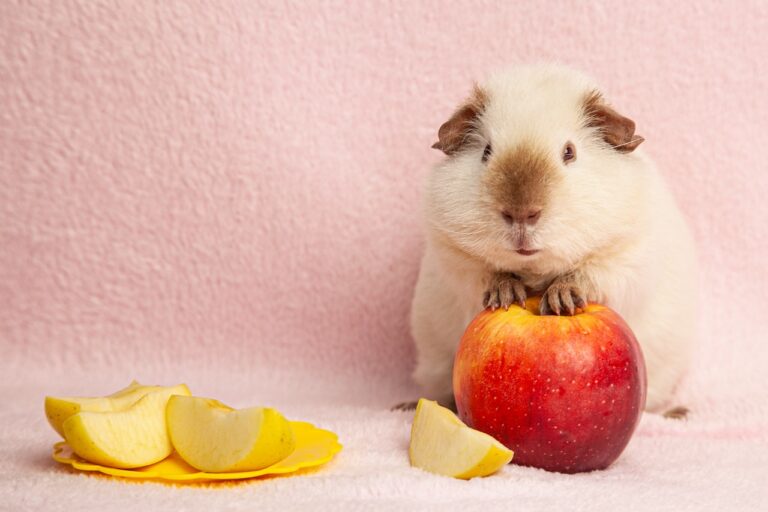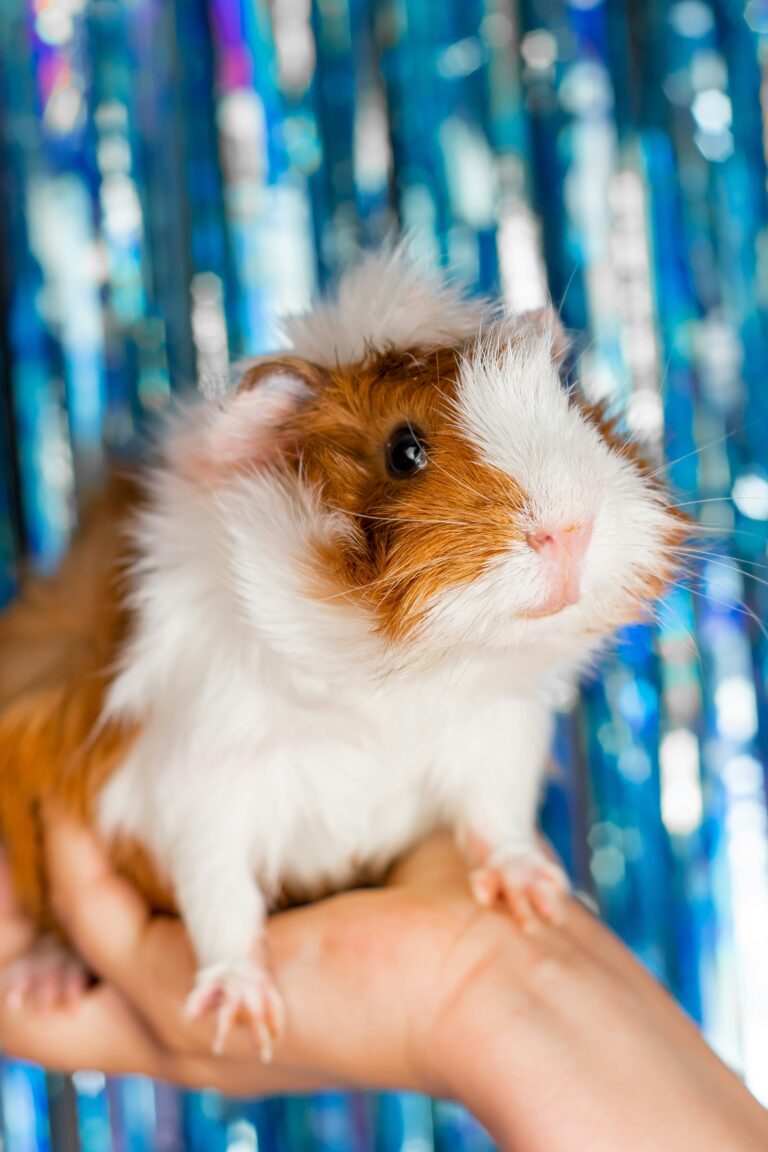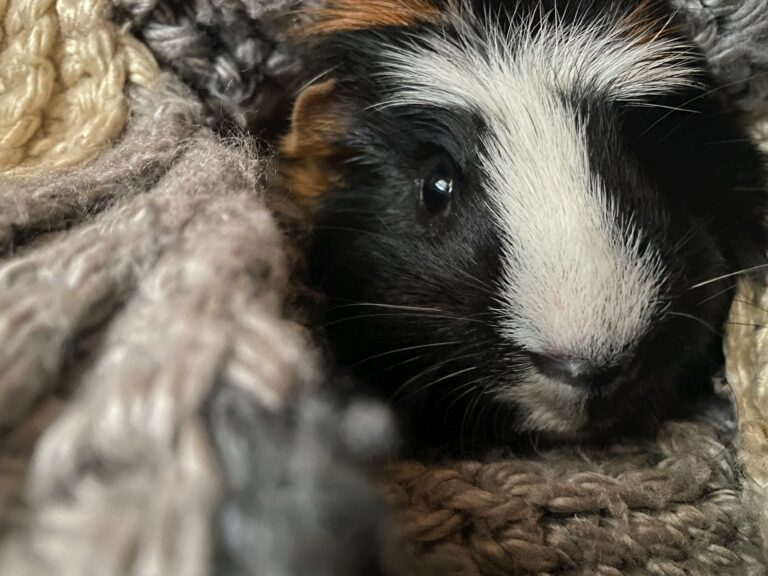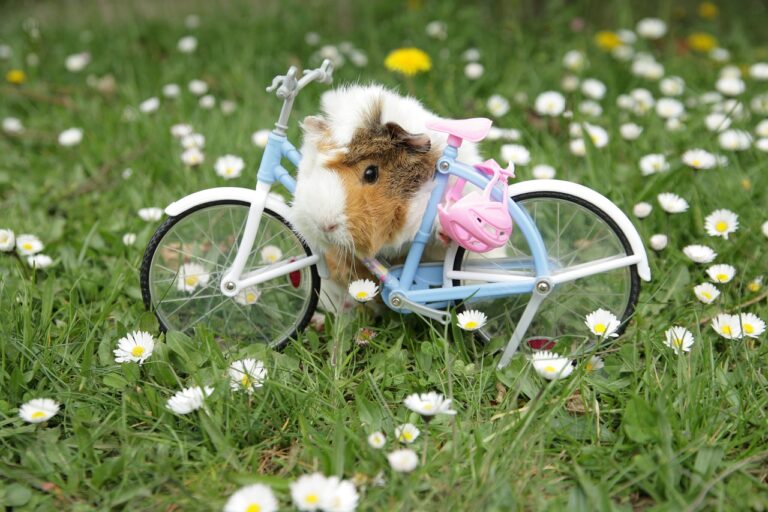When to Wean Guinea Pigs
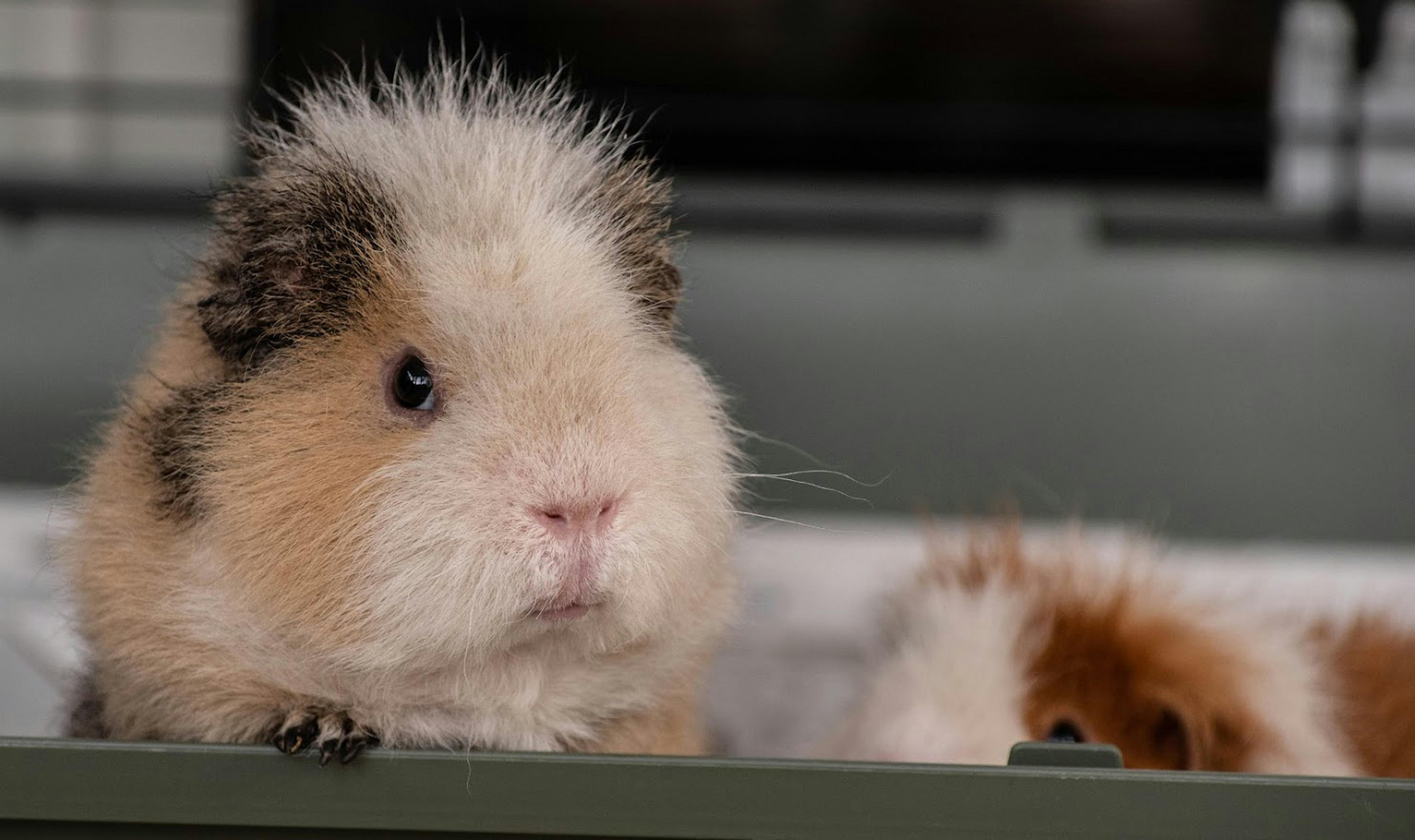
Guinea pigs, those adorable, small rodents known for their gentle demeanor and charming squeaks, are popular pets for families around the world. Whether you’re a seasoned guinea pig owner or considering adopting one for the first time, one question often arises: When is the right time to wean guinea pigs?
Weaning is a crucial stage in a guinea pig’s life, affecting their health, behavior, and overall well-being. In this guide, we’ll delve into the intricacies of guinea pig weaning, exploring the optimal age and best practices to ensure a smooth transition for both the pups and their caregivers.
Understanding Guinea Pig Development
Before diving into the specifics of weaning, it’s essential to understand the developmental stages of guinea pigs.
Like many mammals, guinea pigs go through distinct growth phases from birth to adulthood. Typically, a newborn guinea pig, or pup, is born with its eyes open and fully furred, ready to explore its surroundings and interact with its littermates and mother.
However, despite their apparent maturity at birth, guinea pig pups are entirely dependent on their mother’s milk for proper nourishment and development during the initial weeks of life.
The Importance of Weaning
Weaning marks a significant milestone in a guinea pig’s life. It’s the process by which young guinea pigs transition from solely relying on their mother’s milk to consuming solid food independently. This transition is crucial for several reasons:
Nutritional Needs: While mother’s milk provides essential nutrients for the pups’ growth and development, it’s not sufficient to meet all their nutritional requirements as they continue to grow. Introducing solid foods gradually ensures that the pups receive a well-balanced diet essential for their health.
Socialization: Weaning fosters social interactions among littermates and with their human caregivers. It’s during this period that guinea pig pups learn important behaviors, such as sharing food and establishing hierarchy within the group.
Independence: Weaning prepares guinea pig pups for independence from their mother. As they become accustomed to eating solid foods, they gradually rely less on maternal care and become more self-sufficient.
Determining the Right Age for Weaning
The ideal age for weaning guinea pigs depends on various factors, including the health of the mother, the size and development of the pups, and the presence of other littermates. While there isn’t a one-size-fits-all answer, there are general guidelines to consider:
Age: Guinea pig pups are typically weaned between 3 to 5 weeks of age. By this time, they’ve started nibbling on solid foods, such as hay, pellets, and fresh vegetables, alongside nursing from their mother. However, individual variations may occur, and some pups may show readiness for weaning earlier or later than others.
Weight and Development: A crucial indicator of readiness for weaning is the pups’ weight and physical development. Pups should have doubled their birth weight by the time they are weaned and should exhibit active behavior, such as exploring their environment and showing interest in solid foods.
Social Dynamics: Observing the interactions within the litter can also provide insights into the optimal time for weaning. If the pups are actively engaging with each other and displaying interest in solid foods, they may be ready to transition from maternal milk.
Signs of Readiness and Gradual Weaning
As responsible guinea pig caregivers, it’s essential to recognize the signs indicating that the pups are ready for weaning:
Increased Interest in Solid Foods: Pups will start showing curiosity about the food their mother eats, often attempting to nibble on hay or pellets alongside nursing.
Independence from Mother: While maternal care is essential, pups that are ready for weaning will gradually spend more time exploring their environment away from their mother, indicating a growing sense of independence.
Healthy Weight Gain: Monitoring the pups’ weight gain is crucial. Pups that are thriving and doubling their birth weight within the first few weeks are likely ready for weaning.
Once you’ve identified that the pups are ready for weaning, it’s essential to transition them gradually:
Introduce Solid Foods: Begin by offering small amounts of high-quality hay, pellets, and fresh vegetables alongside their mother’s milk. Ensure that the food is fresh and clean to encourage the pups to explore and nibble.
Monitor Progress: Observe how the pups respond to solid foods. While some may eagerly embrace the new diet, others may take more time to adjust. Patience is key during this transition period.
Provide Social Support: Encourage social interactions among littermates by placing food in communal areas and providing ample space for play and exploration. Positive social experiences contribute to the pups’ overall well-being and development.
Gradually Reduce Nursing: As the pups become more accustomed to solid foods, you can gradually reduce their nursing sessions. Monitor their weight and behavior closely to ensure they’re receiving adequate nutrition from their new diet.
Potential Challenges and Solutions
While weaning is a natural process, it’s not without challenges. Some common issues that guinea pig caregivers may encounter during the weaning process include:
Rejection of Solid Foods: Some pups may initially resist or show little interest in solid foods, preferring to nurse exclusively from their mother. In such cases, patience and persistence are essential. Experiment with different types of food and textures, and provide positive reinforcement when the pups show interest in solid foods.
Aggression or Dominance: As guinea pig pups establish their social hierarchy, conflicts may arise within the litter, leading to displays of aggression or dominance. Providing ample space and resources, such as multiple food dishes and hiding spots, can help minimize tension and promote peaceful interactions.
Failure to Thrive: In rare cases, a pup may fail to thrive despite efforts to wean them onto solid foods. If a pup shows signs of stunted growth, lethargy, or poor appetite, consult a veterinarian promptly to rule out any underlying health issues and determine the best course of action.
Conclusion
Weaning is a pivotal stage in a guinea pig’s life, marking their transition from dependency on maternal milk to independence and self-sufficiency.
By understanding the signs of readiness and implementing gradual weaning practices, guinea pig caregivers can ensure a smooth and successful transition for their furry companions.
Remember to prioritize the pups’ health and well-being throughout the weaning process, and don’t hesitate to seek guidance from a veterinarian if you encounter any challenges along the way.
With patience, care, and attention to their unique needs, you’ll set your guinea pig pups on the path to a happy and healthy adulthood!


